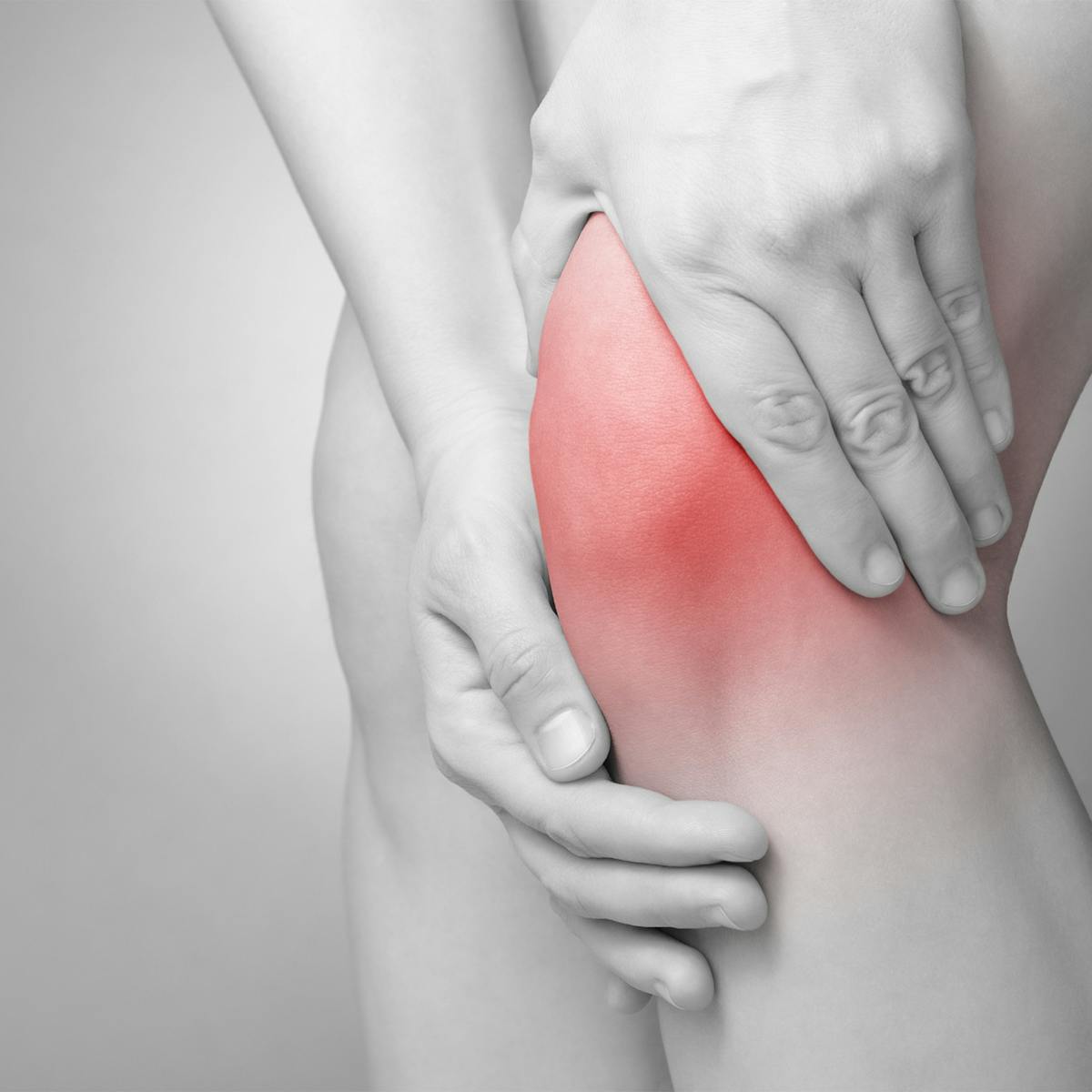Joint PRP therapy, or Platelet-Rich Plasma therapy, is a regenerative treatment that uses concentrated platelets from your own blood to reduce joint pain, provide inflammation relief, and promote natural healing. At Aesthetx, this treatment goes beyond symptom relief. We view it as a key tool in preserving long-term joint wellness and helping you move through life with greater ease, balance, and intention.
What Is Joint PRP Therapy?
Joint PRP therapy is a regenerative treatment designed to reduce pain and promote natural healing by utilizing the reparative properties of platelet-rich plasma derived from your own blood. The process involves drawing a small amount of your blood, concentrating the platelets through centrifugation, and then injecting the PRP into the affected joint areas experiencing pain or damage.
The growth factors in the PRP stimulate your body's natural repair processes, encouraging damaged tissues to heal and reducing inflammation over time. This minimally invasive treatment offers a natural solution to joint pain, supporting long-term joint health and overall wellness.








